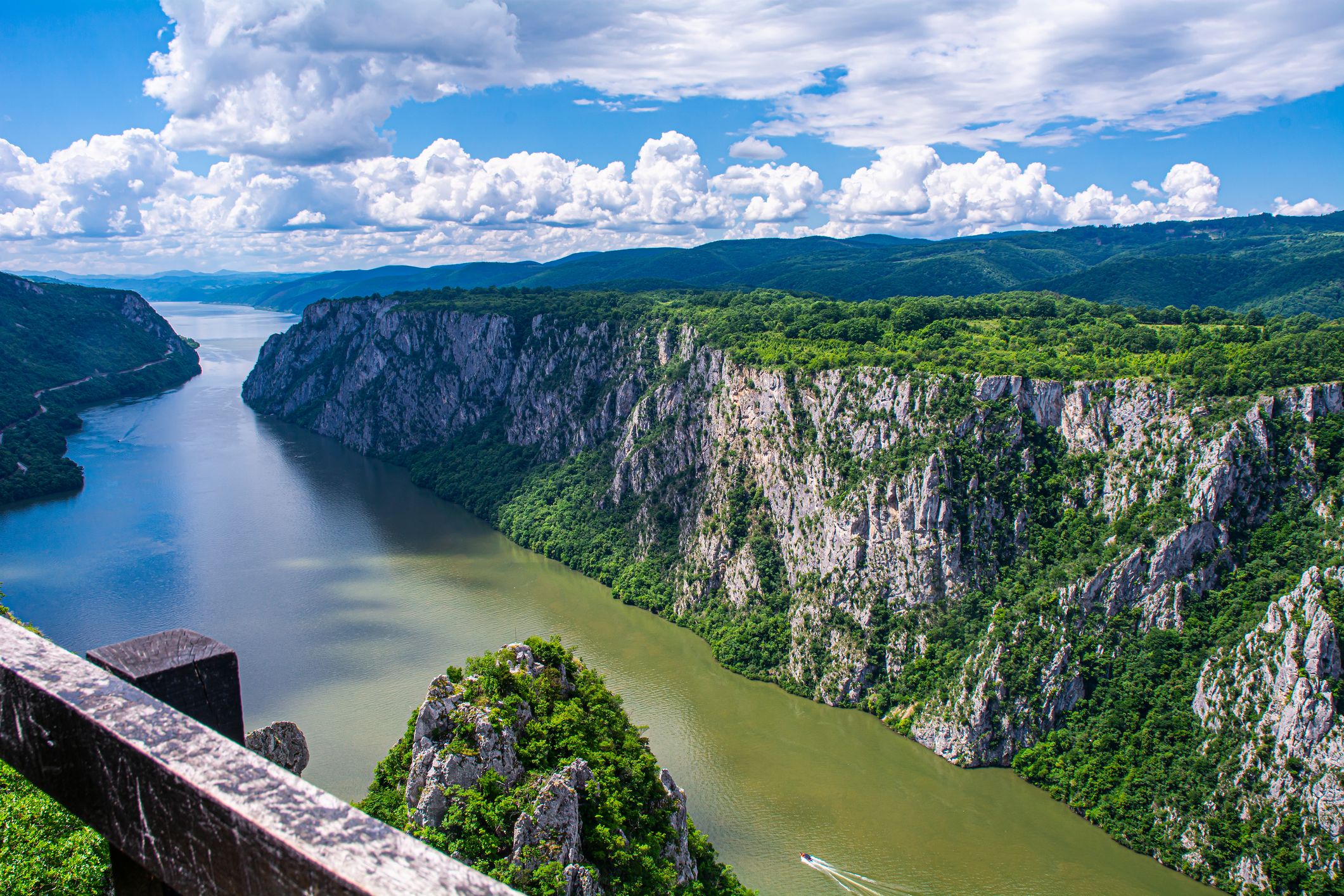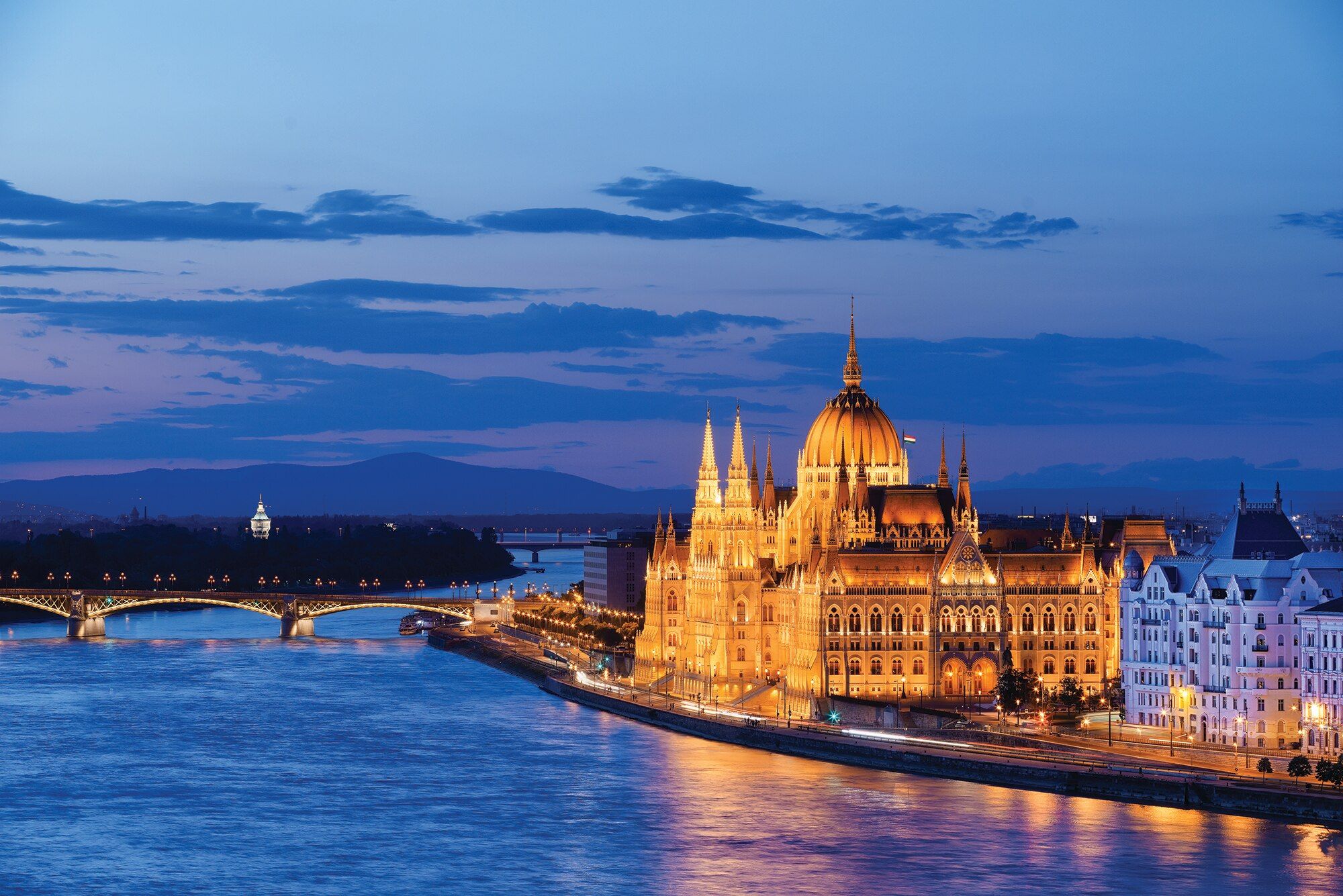Snaking its way through ten countries, this mighty waterway is Europe’s ultimate storyteller, revealing layer upon layer of history, artistry, and natural grandeur as it flows from the Black Forest to the Black Sea.
For those lucky enough to cruise its length, the Danube delivers a seamless blend of Old World charm, jaw-dropping landscapes, and just the right amount of indulgence. And while I could wax lyrical about the plush comforts of AmaWaterways’ ships—the impeccable service, the top-tier dining, the fact that you can sip Grüner Veltliner while watching castles glide past—this isn’t about the boat. This is about the river itself, and why a Danube cruise is less of a holiday and more of an experience you absorb, one enchanting moment at a time.
A moving masterpiece: the natural beauty of the Danube


The first thing that strikes you about the Danube is just how staggeringly beautiful it is. The valleys you'll pass through while traversing its length aren't the kind you merely glance at—they demand your attention. One moment, you’re floating past the densely forested hills of the Wachau Valley, where vineyards tumble down towards the water in neat, sun-drenched rows. The next, you’re winding through dramatic gorges where limestone cliffs loom overhead, the reflections rippling like an Impressionist painting gone rogue.
Then, of course, there’s the legendary Iron Gates—a stretch of river so dramatic it could pass for a backdrop in a Peter Jackson film. Here, the Danube carves its way between the Carpathian and Balkan Mountains, creating a cinematic landscape of sheer rock faces and mist-laden waters. It’s the kind of place that makes you feel very small, in the best possible way.
Cultural crossroads: a journey through time


If the Danube’s landscapes are a visual feast, its cities and towns are a deep dive into the past. One morning, you might wake up to the sight of Budapest’s glittering Parliament building—the architectural equivalent of the crown jewels—before stepping ashore to soak in the city’s legendary thermal baths. (Because if there’s one thing the Hungarians know how to do, it’s the art of a good mineral soak.)
Vienna, naturally, is a highlight, with its grand imperial palaces, coffeehouses that still serve Sachertorte with a side of elegance, and the echoes of Mozart drifting through gilded concert halls. But the Danube’s magic isn’t just in the capitals—it’s in the storybook towns that dot its banks.
Take Dürnstein, for example, a Wachau Valley gem where vine-covered hills give way to cobbled streets and a castle ruin that once held Richard the Lionheart captive. (He was, presumably, too busy plotting his escape to fully appreciate the local Riesling.) Or Passau, where the Danube, Inn, and Ilz Rivers meet, creating a city of charming alleyways, Baroque churches, and Europe’s largest pipe organ.
And then there’s the unsung beauty of lesser-known stops—tiny villages where time slows down, locals greet you with a nod, and a simple glass of apricot schnapps feels like an invitation into a way of life that has existed for centuries before you stepped ashore.
Life on the river (and the joys of floating between worlds)


One of the greatest joys of a Danube cruise is the sheer ease of it all. Instead of wrestling with train timetables or cramming your life into a rolling suitcase, you glide from one extraordinary place to the next, your hotel floating along with you. There’s an undeniable romance to waking up to a new view each morning, sipping your coffee as medieval spires, rolling vineyards, or opulent cityscapes appear on the horizon.
And while AmaWaterways certainly ensures that life on board is as delightful as life ashore—think locally inspired menus, impeccable service, and the kind of relaxed elegance that makes you wonder why you ever endured an airport—this journey is, at its heart, about the river itself.
The Danube isn’t just a route; it’s a living, breathing narrative, a thread that weaves together centuries of history, nature, and culture in a way that no other journey can quite match. It’s an experience that lingers, long after the final sunset over its silver-blue waters. The Danube doesn’t just take you places—it stays with you afterwards, too.